Libratone Q Adapt On-Ear Review
Libratone Q Adapt On-Ear
Active noise-cancellation headphones with a touch of style
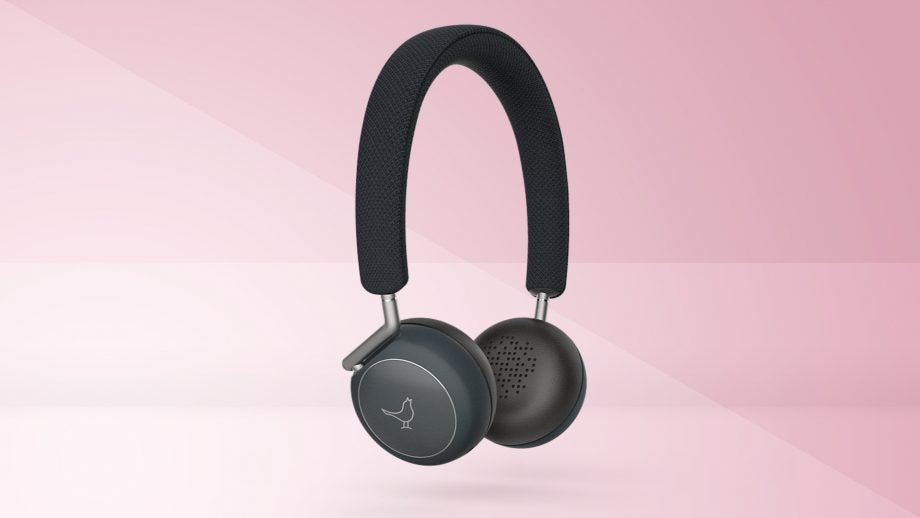
Verdict
Pros
- Effective noise cancellation
- Smart looks
- Good wireless reliability
Cons
- Not the best-sounding at the price
- Higher ANC settings cause noise in some environments
Key Specifications
- Review Price: £219.00
- Customisable active noise cancellation
- Bluetooth
- Companion app
- Cable included
What are the Libratone Q Adapt On-Ear?
The Libratone Q Adapt On-Ear are petite noise-cancelling headphones. Typical of Libratone, they have a Scandinavian sensibility and a look that doesn’t appear specific to any gender or “type” of person.
There are plenty of features on offer, too – but at £219, they’re perhaps a little expensive for the quality of sound on offer. Add to that the fact they suffer from some classic active noise cancellation-related issues and they fall short of the mark.
Related: Best Headphones
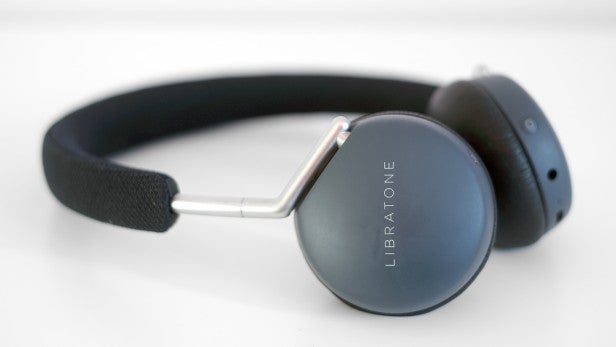
Libratone Q Adapt On-Ear – Design and comfort
Libratone’s design team deserves plaudits. The company’s products have become more accessible over the years, aiming for a mainstream audience with every passing year, but the Libratone Q Adapt On-Ear still present some of that classic Libratone style.
They’re elegant but not intimidating, with a more feminine edge than units such as the Beats Solo 2 Wireless, but without the sense that someone like me – a 30-something guy – shouldn’t be wearing them. The cups are softly curved; the stems, rounded-off metal; and they have a slight-but-sturdy feel that both looks and feels great.
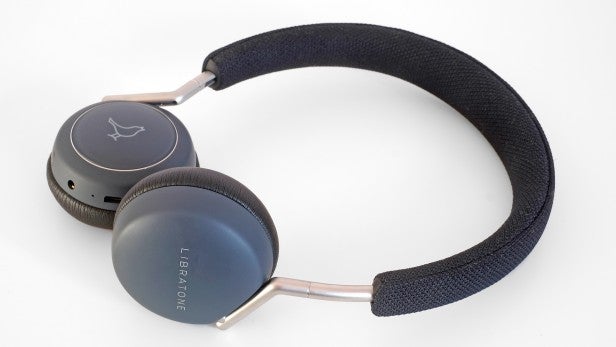
Comfort-wise, they’re somewhat similar to the Bowers & Wilkins P3. They use foam-filled leather-effect pads, which lack cut-outs by the drivers. The leather is fake, but about as good as you’ll get from a plastic-based synthetic. It’s soft and smooth – a super-solid impersonation.
Since the Libratone Q Adapt On-Ear are designed for outdoor use, they do exert some pressure. I’m a glasses-wearer, and found that after an hour or so they began to cause some mild discomfort. However, you can move them slightly on your head so that more of the pressure is towards your face rather than your mid/outer ears.
Small pads look great, but they also reduce the area over which any pressure is spread. They’re not uncomfortable, but neither are they immune to the comfort issues that are common among on-ear headphones.
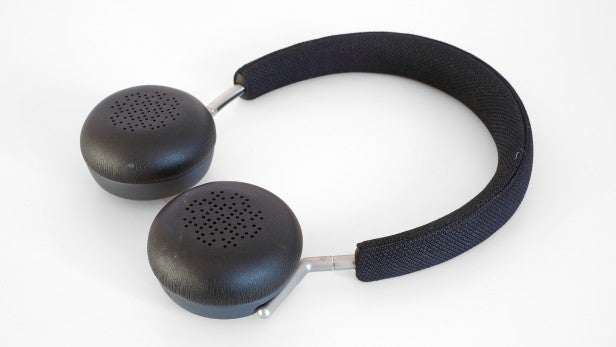
Libratone Q Adapt On-Ear – Wireless and features
The Libratone Q Adapt On-Ear are among the more feature-rich headphones money can buy, and as is the case with Libratone’s wireless speakers, they hide this nerdy side very well.
First, one of the cups is actually a capacitive touch surface. You can tap to control playback and use gestures to alter the volume. They work well enough, but feel unnecessarily involved compared to buttons.
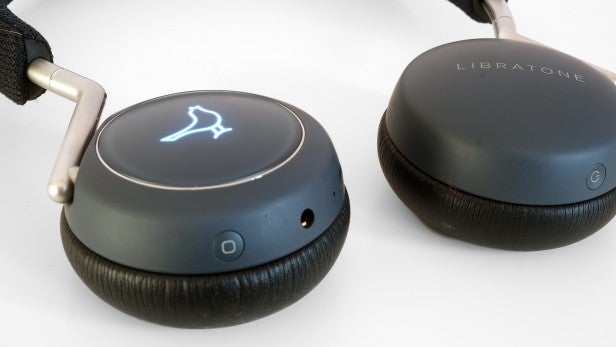
The Libratone Q Adapt On-Ear also feature active noise cancellation, which has several modes you can switch through with a press of a button; the button is located on the underside of one of the cups. There are two intensities of ANC and a mode that pipes through ambient audio using the mic on these headphones.
Active noise cancellation performance is fair, but doesn’t come close to that of the Bose QuietComfort QC35. The more intense mode is effective at ridding low-frequency engine noise – I tried it on the train and the London Underground and it did the job. However, in less noisy conditions it actually creates an unwanted, higher-frequency sound of its own.
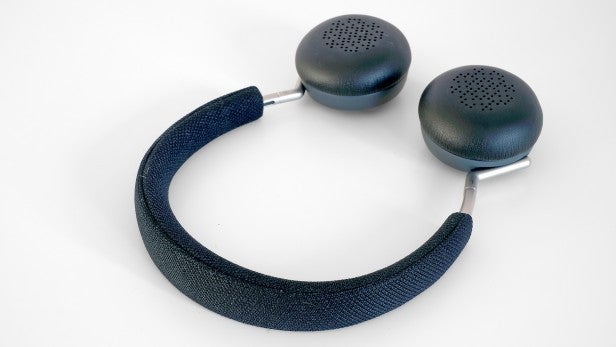
It’s more noticeable than the common soft “white noise” to which these types of headphone are prone. You could argue that’s the whole point of having two-tier ANC – letting you use more aggressive but “noisier” ANC where necessary – but I prefer using simple on/off pairs that simply work.
In addition, having to cycle through the ambient monitoring mode is a bit disconcerting if you’re in a location that pretty loud. Since there’s only one mode button, you have to flick through the lot.
Libratone calls this take on ANC ‘CityMix’, and while it sets the Libratone Q Adapt On-Ear apart from the crowd, I’m not sure it will be the best fit for most people.
However, the Libratone Q Adapt On-Ear’s wireless reliability is very good. They use Bluetooth – and throughout the couple of weeks of extensive testing, I encountered only a few digital blips. There’s no NFC, but I didn’t find this much of an issue; these headphones try to hook up with a paired phone automatically when they’re turned on.
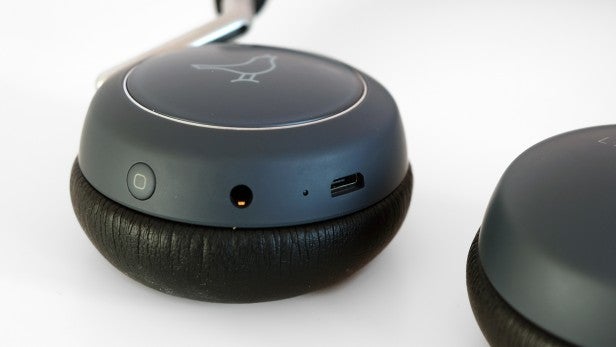
Battery life is between 15-20 hours, depending on the mode you’re using, and there’s a micro-USB socket on one of the cups for charging. The supplied 3.5mm cable lets you use the Libratone Q Adapt On-Ear when you run out of battery, too.
You can take calls with the Libratone Q Adapt On-Ear, and it’s even possible to share your music with another pair of Libratone Bluetooth headphones – or a speaker – using this set as a middle-man.
It doesn’t end there, either. The Libratone Q Adapt On-Ear automatically pause your audio when you take them off, resuming when you put them back on. It seems to work reasonably well, although pausing music before I take a pair off is now well and truly baked into my muscle memory.
Finally, there’s also a Q Adapt On-Ear app. This lets you switch between four levels of active noise cancellation; there are more than just the two default ones.
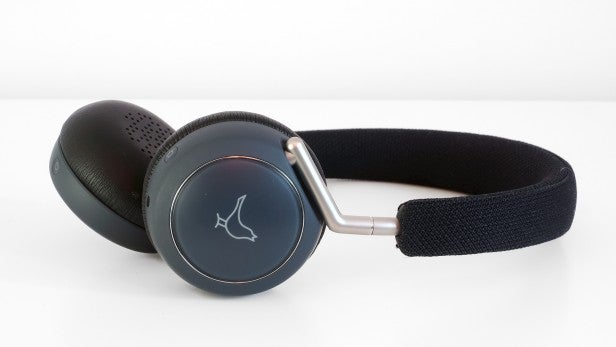
Libratone Q Adapt On-Ear – Sound quality
The app has bass and treble boost modes, but I’ve mostly been listening using the default “balanced” mode, since it’s what most folk are likely to use. These are good-sounding headphones, but the features and look are more impressive than the sound.
The basic balance of treble, bass and mids is solid. There’s no obvious overblown flabbiness to the bass; no treble emphasis that might make the Libratone Q Adapt On-Ear tiring. However, I wouldn’t say the sound is terribly exciting, and there are some negative effects when using active noise cancellation.
Compared to the Bose QuietComfort QC35 and Sony MDR-100ABN, the Libratone Q Adapt On-Ear have poorer dynamics, making the sound less lively and engaging. The soundstage isn’t totally flat, but at the price it is possible to pick up a set of headphones that offer a greater perception of height and depth, making it sound more ‘3D’.
Quickly flick between ANC and non-ANC modes and you’ll becomes aware of the mid-range becoming less rich, and a little raw when cancellation is switched on. Just as using powerful cleaning products can strip the finish off certain surfaces, ANC can have this sort of effect on sound if it isn’t very carefully managed.
It makes voices sound thinner, less refined and a little less natural. I’ve heard much worse over the years, but the Libratone Q Adapt On-Ear aren’t cheap and there are several excellent alternatives available. The obvious picks I’d recommend are full-size pairs such as the Sony MDR-100ABN and Bose QuietComfort QC35; the AKG N60NC are also worth considering if you don’t mind the lack of wireless.

Should you buy the Libratone Q Adapt On-Ear?
The Libratone Q Adapt On-Ear are cool-looking headphones offering plenty features – most of which are useful. They show up the strengths and weaknesses of the Libratone experience: the company has been making wireless audio gear for years, but it’s new to headphones.
Wireless performance is good, but sound quality could be better at the price. While there are no glaring errors to make the Libratone Q Adapt On-Ear a failure, the alternatives from the big names simply sound better.
Libratone probably has some great headphones in its future. But these are only decent ones – and unless you love their particular quirks, you can do better for your cash.
Related: Best noise-cancelling headphones roundup
Verdict
Smart-looking noise-cancelling wireless headphones that don’t quite have the dynamism of the best.


